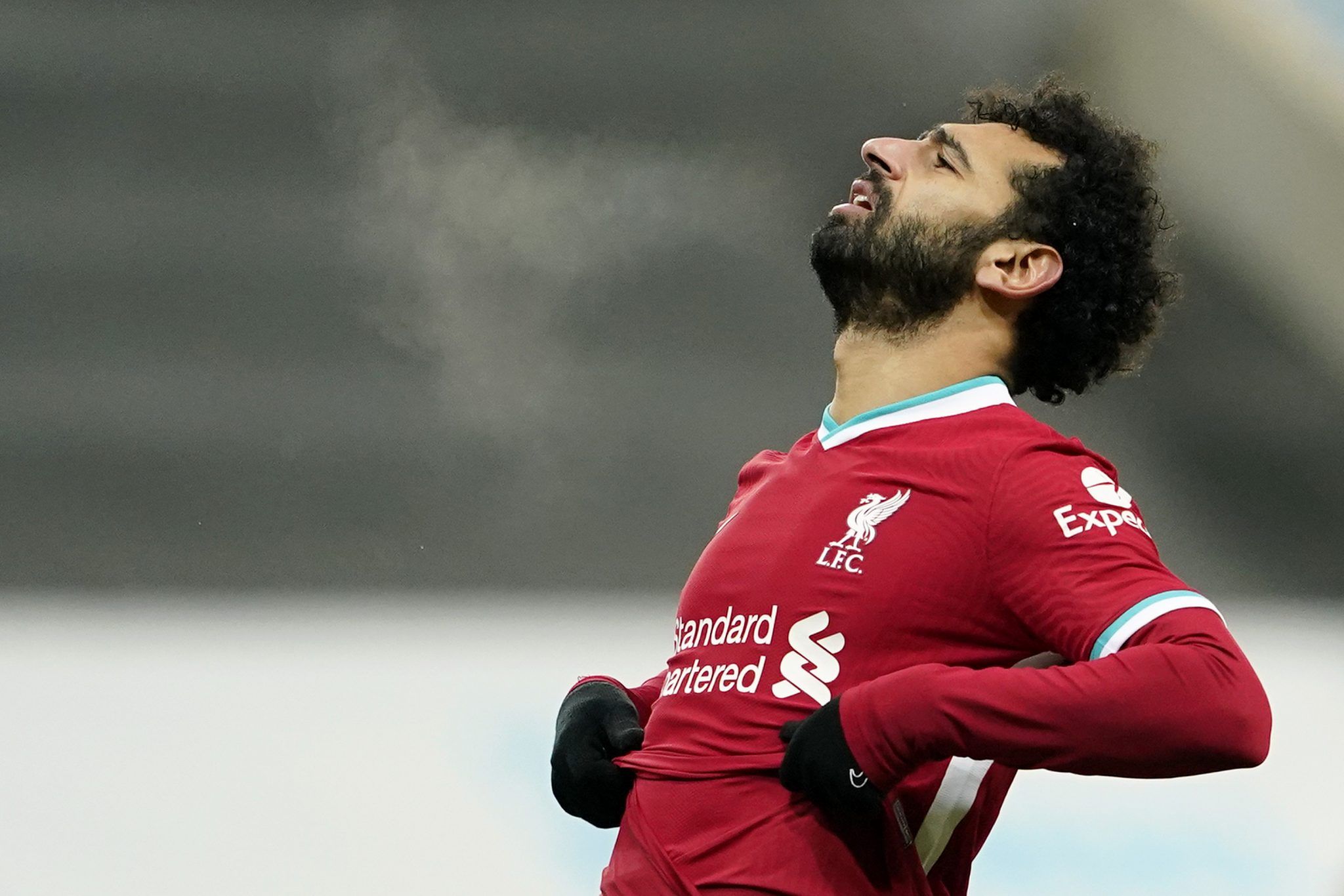Liverpool are feeling his absence all over the pitch.
For the first time since May 2018, Liverpool have failed to score in back to back Premier League games, drawing 0-0 at Newcastle and losing 1-0 to Southampton on Monday night.
Jurgen Klopp’s side have, by and large, been the most consistent team in the league, and remain favourites to win the title, but they are not living up to the lofty standards of the past two seasons, in no small part due to the absence of one player: Virgil van Dijk.
It may seem obvious to highlight that losing a world class defender would make a team worse in defence, but it has evidently made them worse in attack, and pretty much all over the pitch. His ACL injury sustained in that Merseyside derby, compounded by other defensive injuries, has had a domino effect on the rest of the team.
Defence
Let’s start with the most obvious consequences of Van Dijk’s absence in the team. The defence is obviously less solid, taking the 7-2 loss to Aston Villa as something of an anomaly. Not only are Liverpool missing Van Dijk’s aerial dominance at set pieces and his recovery pace when the ball is sent over their defence, but also the more intangible qualities of his leadership and organisation.
Liverpool fans will concur that while Jordan Henderson wears the armband, Van Dijk’s leadership at the back is equally important, as he barks orders to his less experienced teammates, ensuring that everyone is well positioned and alert to danger.
Trent Alexander-Arnold’s recent dip in form is maybe the best example of this. When Van Dijk plays, he is the senior presence who helps to organise the defensive line, including TAA and the secondary centre-back on the right hand side.
Without Van Dijk, TAA is having to be that senior player alongside a less experienced or sometimes makeshift defender in Nat Phillips, Rhys Williams or – as on Monday night, Jordan Henderson.
Midfield
That leads us nicely onto the midfield. Van Dijk’s injury, combined with Liverpool’s lack of options at centre-half after Dejan Lovren’s departure, meant that Fabinho was moved into the backline. A good reader of the game, strong enough in the air and comfortable passing through the lines, the Brazilian is more than up to the job. But he’s not Van Dijk.
Moving Fabinho back has also meant that Jordan Henderson has had to return to his old holding role, having played mostly as a box-to-box number 8 since Fabinho’s arrival. The Liverpool captain is a capable operator at the base of midfield, but the solidity of his partnership with Fabinho has been lost as a result of the reshuffle.
Not only have Liverpool been robbed of a world class defender, that injury has also robbed them of their best holding midfielder.
Had Thiago Alcantara not also suffered an injury in the same game as Van Dijk, this could have been mitigated by his control in midfield. Alas, the main creative outlet in Liverpool’s midfield three has been Curtis Jones, with Wijnaldum continuing to shuttle up and down the left channel.
Attack
All of these small changes have, of course, had an effect on Liverpool’s attacking output. Not only are the Reds missing Van Dijk’s occasional goal (11 goals and six assists in the past two seasons) and set-piece threat, but they have desperately missed his long range diagonal passes.
The accuracy with which Van Dijk can find Mo Salah and Sadio Mané with a long pass means with him in the side, they are often able to bypass the midfield and progress up the pitch a lot more quickly. In recent games, their attacking has been more ponderous and therefore, less effective. The underlying numbers back this up.
In the first five games of the season, including the Merseyside derby, Liverpool scored 13 goals from an xG of 12.9, averaging an xG of 2.58 per match. Since then, they have scored 24 goals from an xG of 20.4 – on the face of it, an improvement, no? No.
The 7-0 win against Crystal Palace was of course a fantastic, dominant display, but it is very much an outlier (their xG was only 2.2.)
Across the 12 Premier League games they have played without Van Dijk, Liverpool have averaged 1.7 xG per 90 minutes, a fairly significant drop off from 2.58. The underlying numbers show they are creating fewer chances and chances of lower quality than with Van Dijk in the team.
Liverpool are still in with a good chance of becoming the first team to retain the Premier League title since Manchester United in 2009. But their drop off from last season in Van Dijk’s absence only goes to show that even the best teams are often fragile eco-systems – remove one incredibly important part and everything else shifts as a result.















































